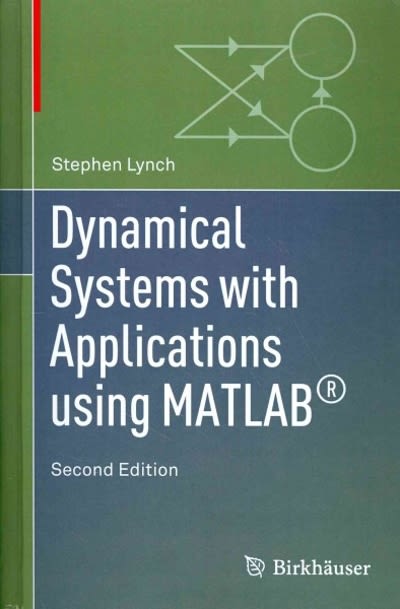Question
https://docs.google.com/spreadsheets/d/1mo7E1N7fB_8ZbKiyf-StiU7UuAy5IPCexQ6E41qoOTk/edit?usp=sharing Educational Economics 2. Educational economists strive to better understand the relationship between educational variables and other important factors operative in an economy. Observational data
https://docs.google.com/spreadsheets/d/1mo7E1N7fB_8ZbKiyf-StiU7UuAy5IPCexQ6E41qoOTk/edit?usp=sharing
Educational Economics 2.Educational economists strive to better understand the relationship between educational variables and other important factors operative in an economy. Observational data onn= 16 schools in the state of New York are available. Eight of these schools received a special school-wide intervention (named "Schools to Watch") designed to increase reading and mathematics achievement. The remaining eight schools in the sample did not receive the intervention. Unfortunately, researching economists were unable to assign which schools received the intervention and which ones did not using random means due to political and social reasons. As a result, the economists want to employee propensity score matching methods in order to estimate the true effect of the intervention on student achievement. The following variables are available:
Observation An identifier variable
school School name
tot School size (i.e., total number of students)
min Proportion of minority students
dis Proportion of students receiving free and/or reduced lunch (a measure of the amount of disadvantaged students at a school)
stw "Schools to Watch", coded 1 = intervention school and 0 = non-intervention school
ach Proportion of students meeting or exceeding reading and mathematics benchmarks
Use the raw data in the worksheet entitled "New York 2" to answer the following questions about matching. If it is unclear which of two or more schools is the best match for another, compute the absolute value of the difference (i.e., the distance) of the variable in question for each of the pairs and choose the potential matching school with the smallest distance. Use the variableObservationin the data set to identify matches. (Enter all observation numbers as whole numbers, all propensity scores to four decimal places, and all proportions as percentages to two decimal places.)
Propensity score matching is a more sophisticated matching algorithm in that it takes into accountallof the available covariates in finding the best match. According to the propensity scores (labeledscore) accompanying the data in the worksheet entitled "New York 2", the best match for observation 9 in the intervention group (with a propensity score of a.)___________) with respect to all of the available covariates is observation b.)___________in the non-intervention group (with a propensity score of c.)____________). In addition to similarity on the other variables, these two observations are a much better match on the percentage of minority students with the percentage being8 for observation 9 and a percentage of minority students of D.)___________for its match.
2. Identify the best match in the non-intervention group for each of the observations in the intervention group based on propensity scores. (Enter all observation numbers as whole numbers).

Step by Step Solution
There are 3 Steps involved in it
Step: 1

Get Instant Access to Expert-Tailored Solutions
See step-by-step solutions with expert insights and AI powered tools for academic success
Step: 2

Step: 3

Ace Your Homework with AI
Get the answers you need in no time with our AI-driven, step-by-step assistance
Get Started


